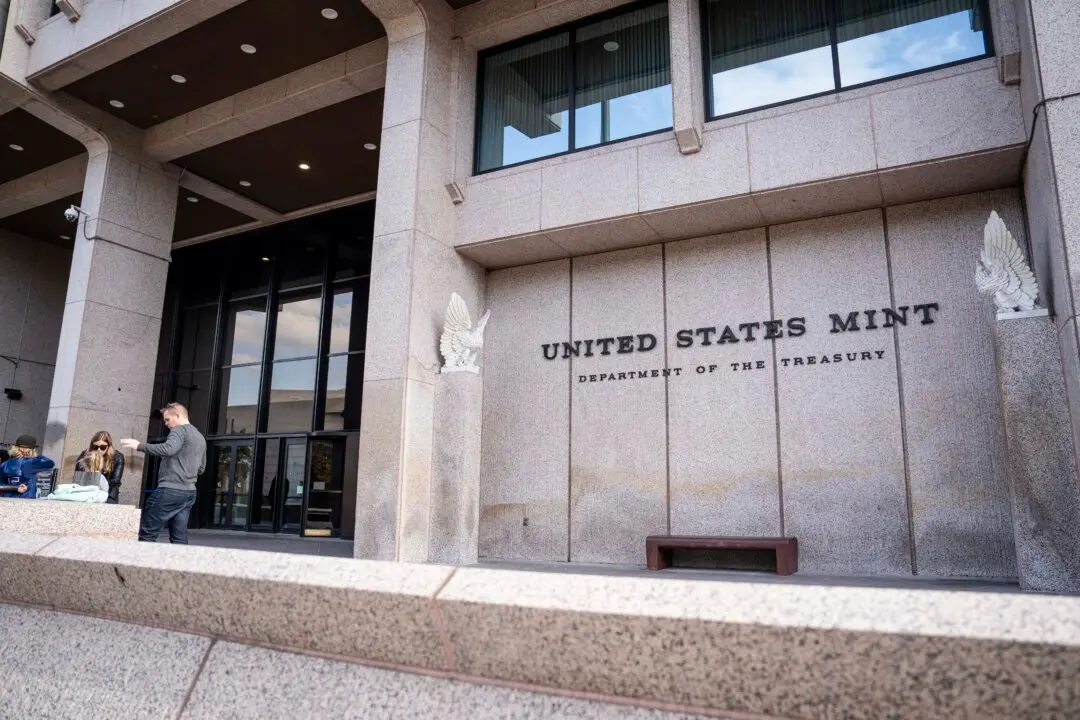Half of loan or financial products applicants have had their applications denied since the Federal Reserve first started raising interest rates in March 2022, according to a new study by Bankrate.
Seven percent of applicants have been rejected for more than one financial product, the survey found.





